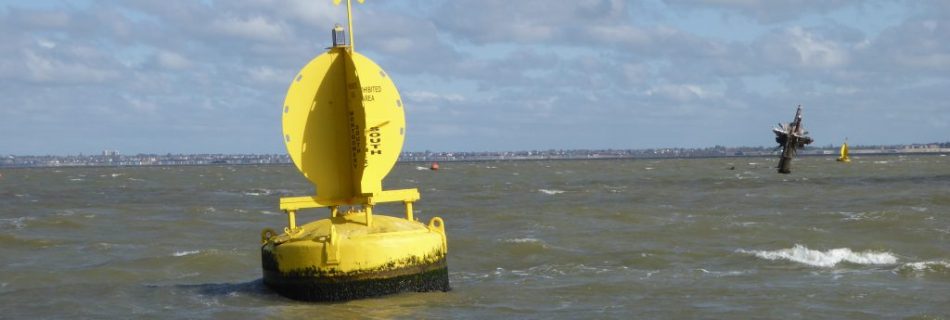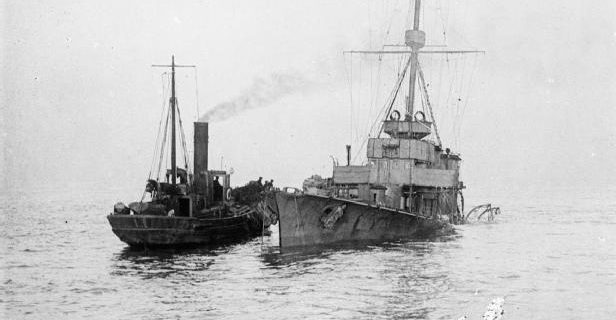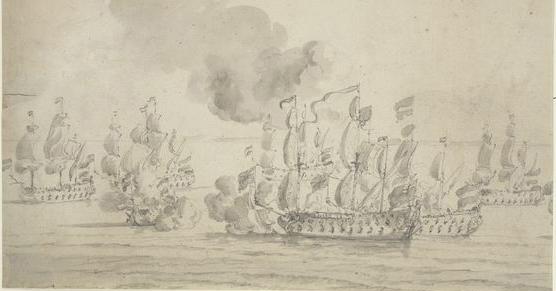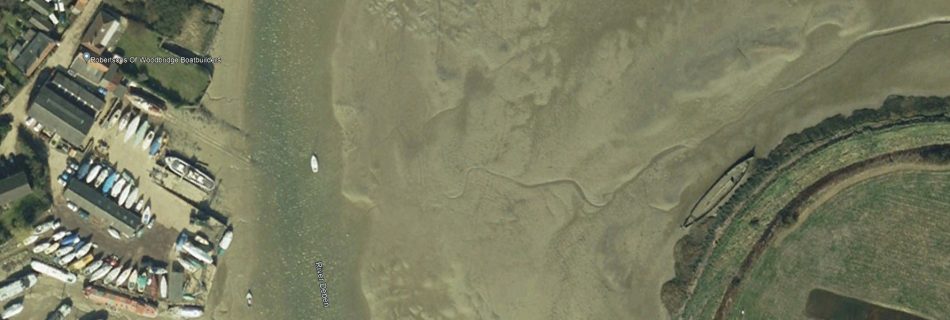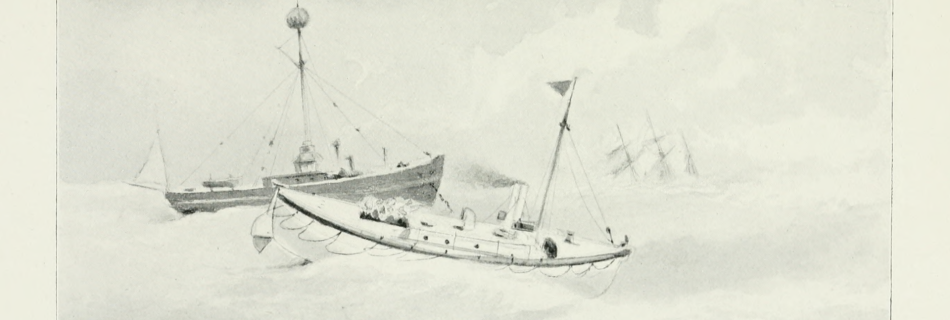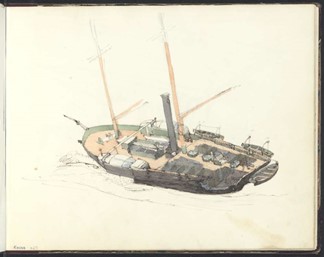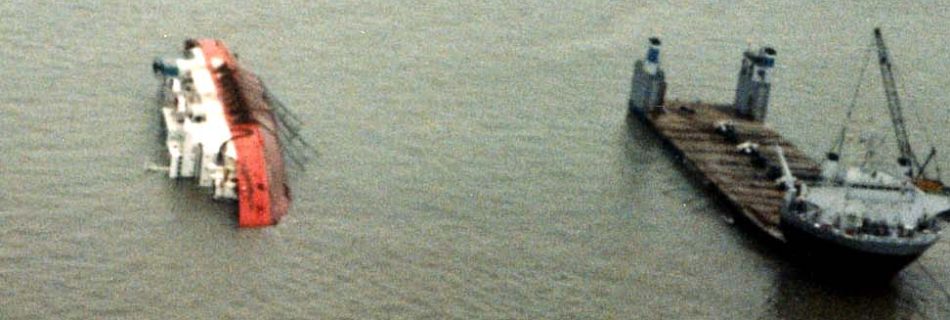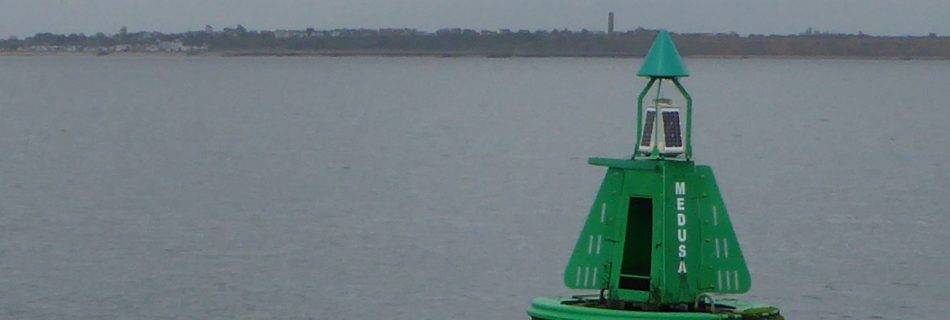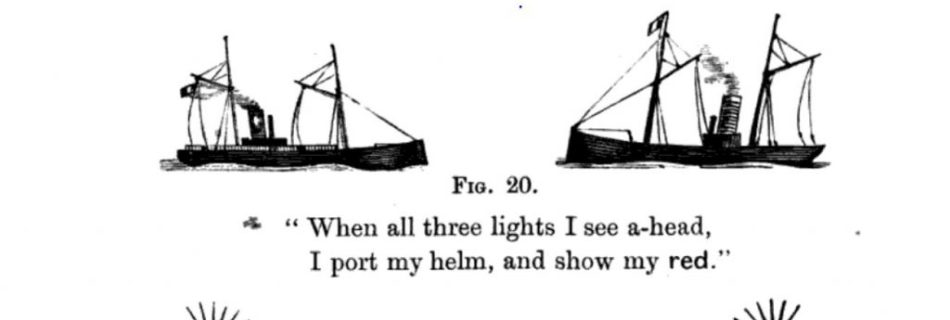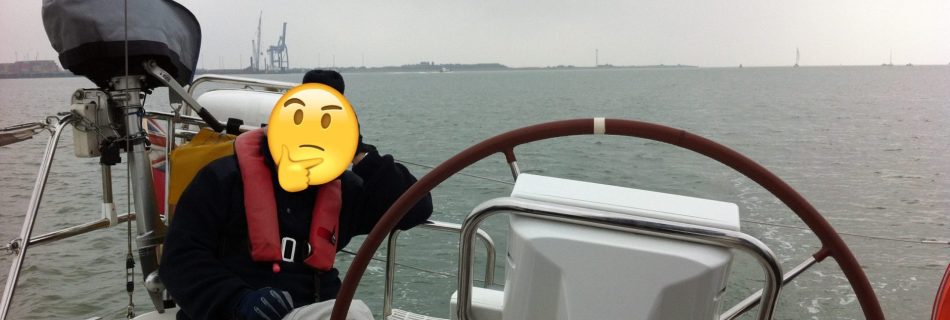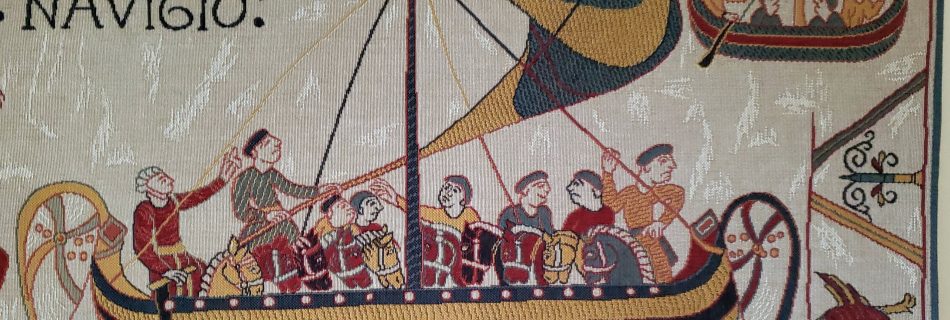SS Richard Montgomery
SS Richard Montgomery on youtube. Beware the shallow water to the east at LW. There is a plan to remove the masts. See SS Richard Montgomery – Wikipedia – a United States ship named after an Irish soldier in the Revolutionary War and sunk whilst departing for the Normandy invasion beaches with ammuntion.
